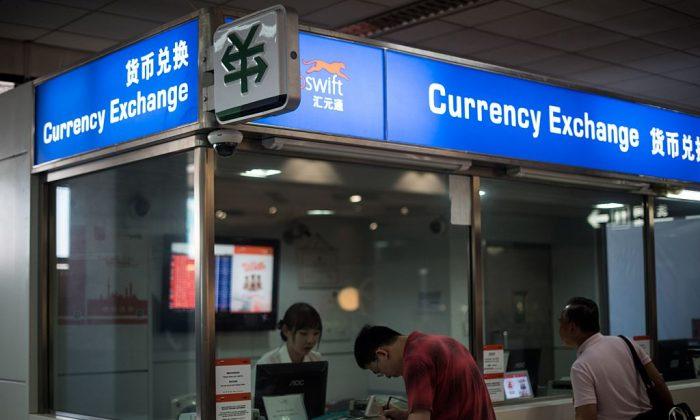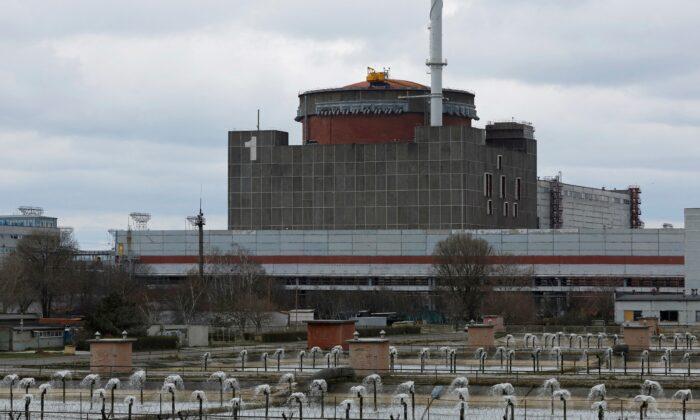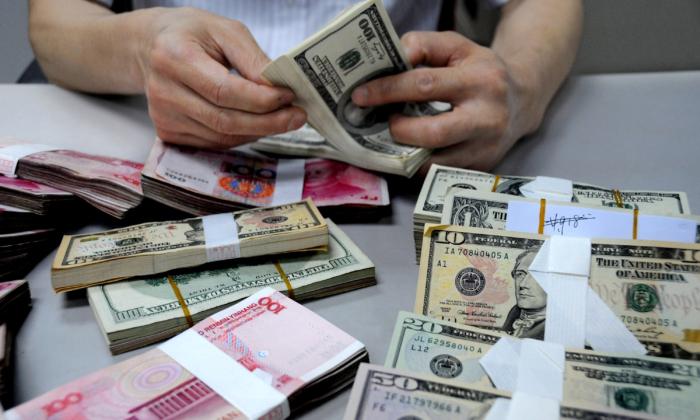Despite multiple stimuli such as price cuts and government-issued consumer vouchers, the Chinese auto market started the new year on a gloomy note in January, with both manufacturing and selling being heavily shrunken.
According to CAAM, China’s auto market saw output and sales of 1,594,000 and 1,649,000 units, respectively, in January, dramatically decreasing by 33.1 percent and 35.5 percent, respectively, from the month before, and a 34.3 percent and 35 percent drop from last January.
Although this January coincides with the Lunar New Year, a usual consumption peak for the Chinese people, the output and sales figures were still unable to compete with the previous Lunar New Year month. For example, compared with February 2019, before the onset of the COVID-19 pandemic, it decreased by 12.1 percent and 5.1 percent, respectively; when compared with February 2022, it declined by 13 percent and 11.3 percent, respectively.
Local Stimulate Program for Auto Market
Multiple local authorities launched auto vouchers in hopes of stimulating spending during the Lunar New Year. Given that automobiles are the largest industrial product in residents’ expenditure, “local governments are using the issuance of auto consumption vouchers as a vital means to boost domestic demand,” the state-owned Chinese media said.Tianjin, a city 137 kilometers (85 miles) southeast from Beijing, deployed 60 million yuan (about $9 million) of subsidies for local car consumption effective since Jan. 11, while the city of Zhengzhou, in central Henan Province, had disbursed such subsidies earlier, on Jan. 5.
Automakers were also using the long holiday as a business opportunity to boost sales. For example, Jiangling Ford Motor Technology (Shanghai) unveiled a series of new products between Jan. 1 and 20; SAIC Motor’s subsidiary Feifan Auto lowered prices twice between Jan. 9 and Feb. 2; and Seres Group offered discounted prices for part of models on Jan. 13.
But all these efforts, by either the government or the automakers, are unlikely to reverse the downward trend in China’s auto industry and market. Even the official media and data, which tend to portray a good economic outlook, had revealed a partial auto recession in the country.





